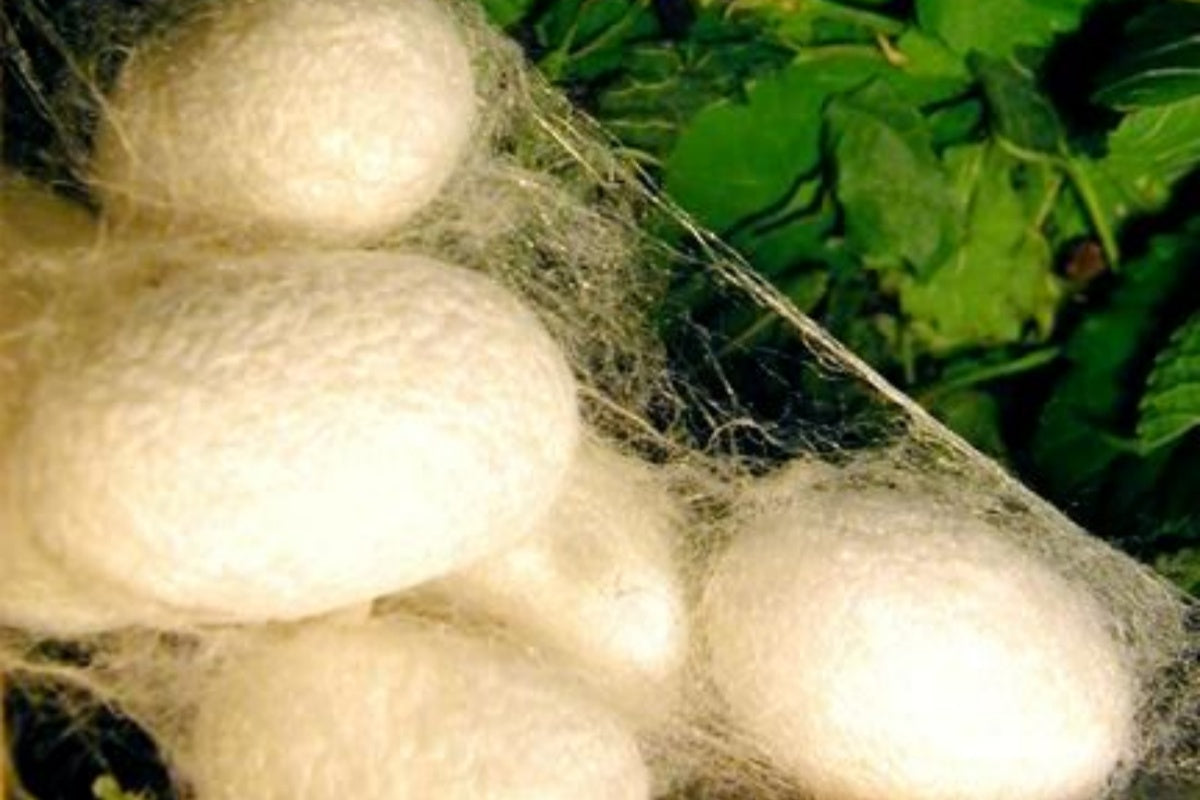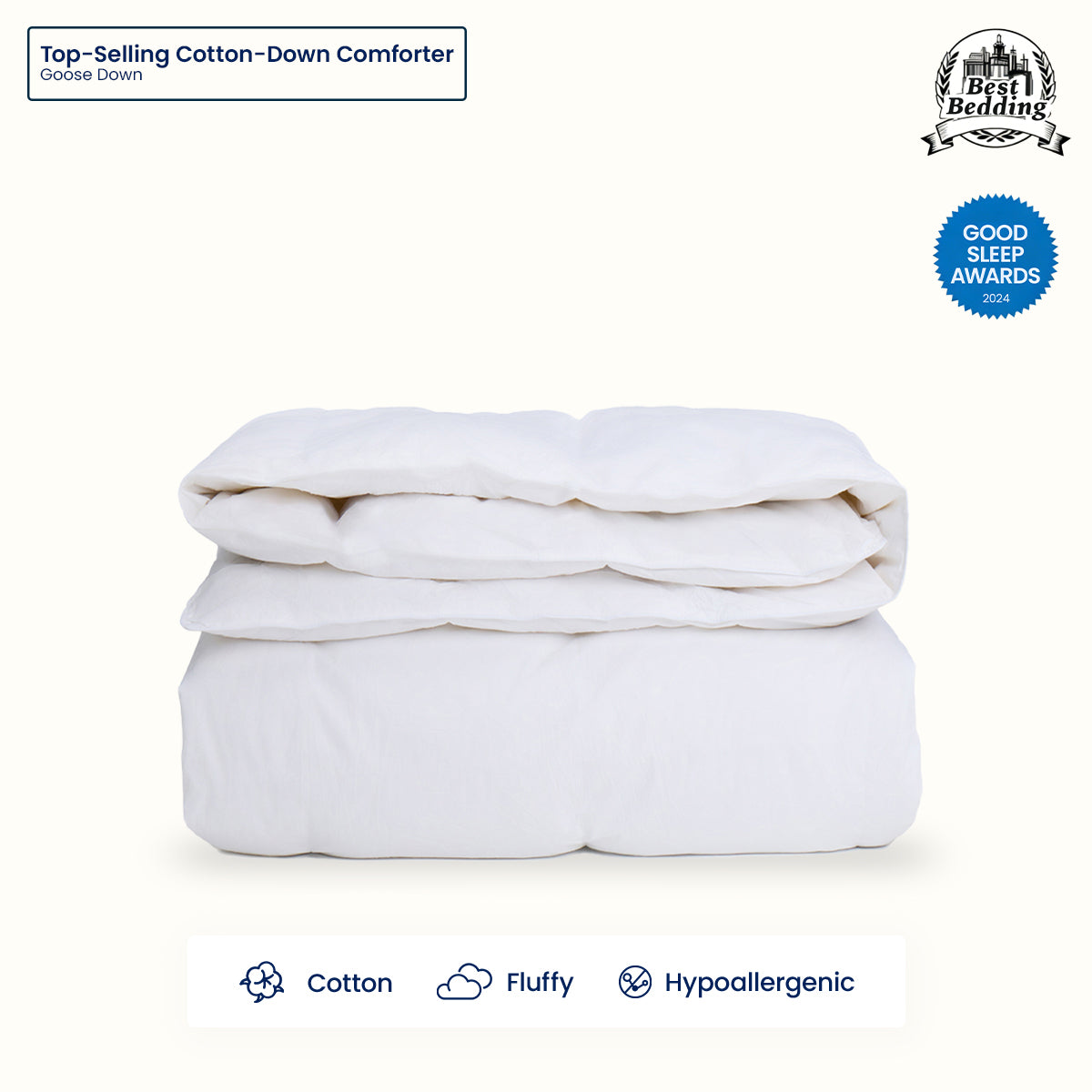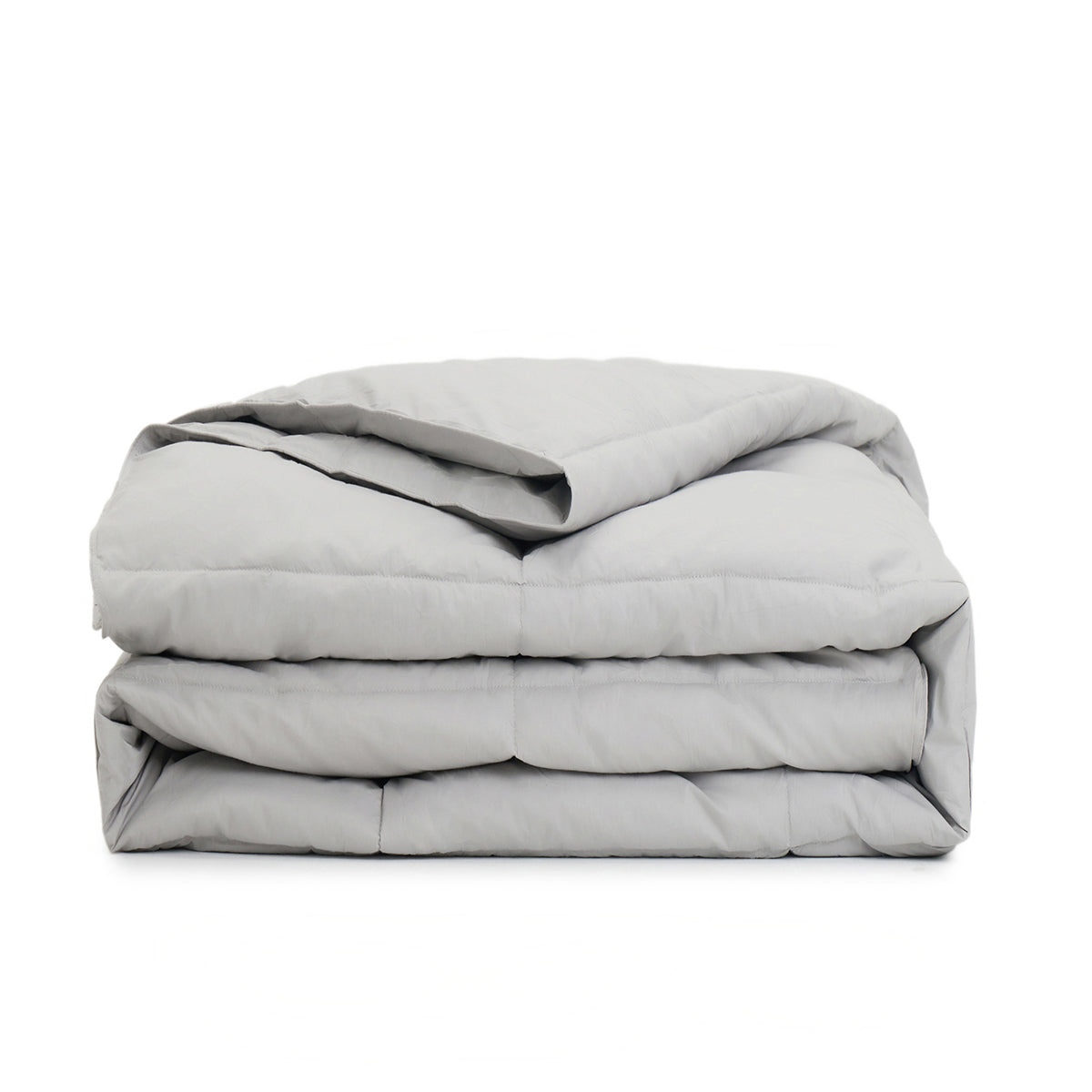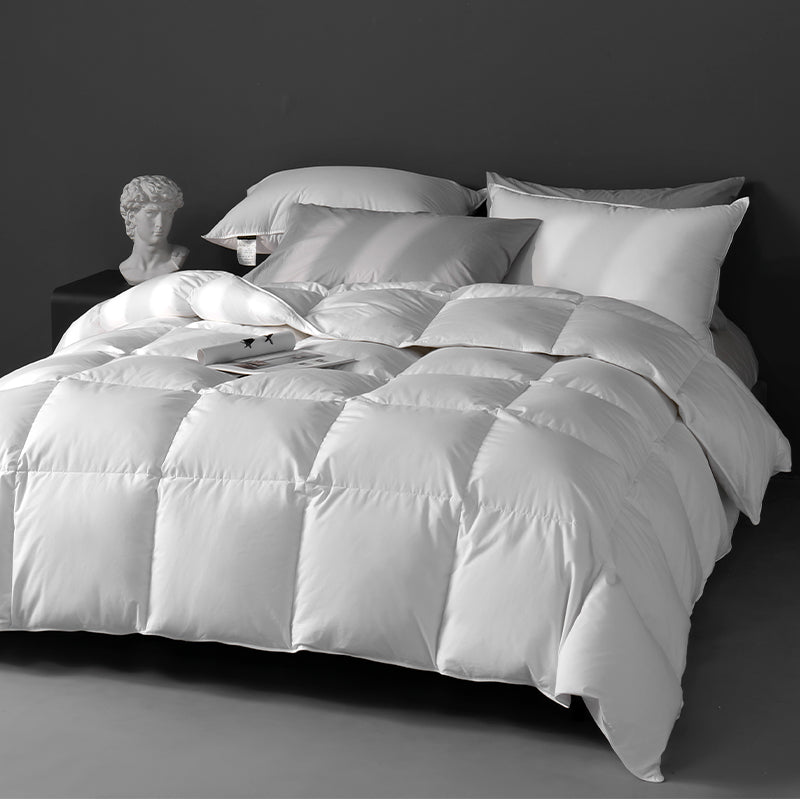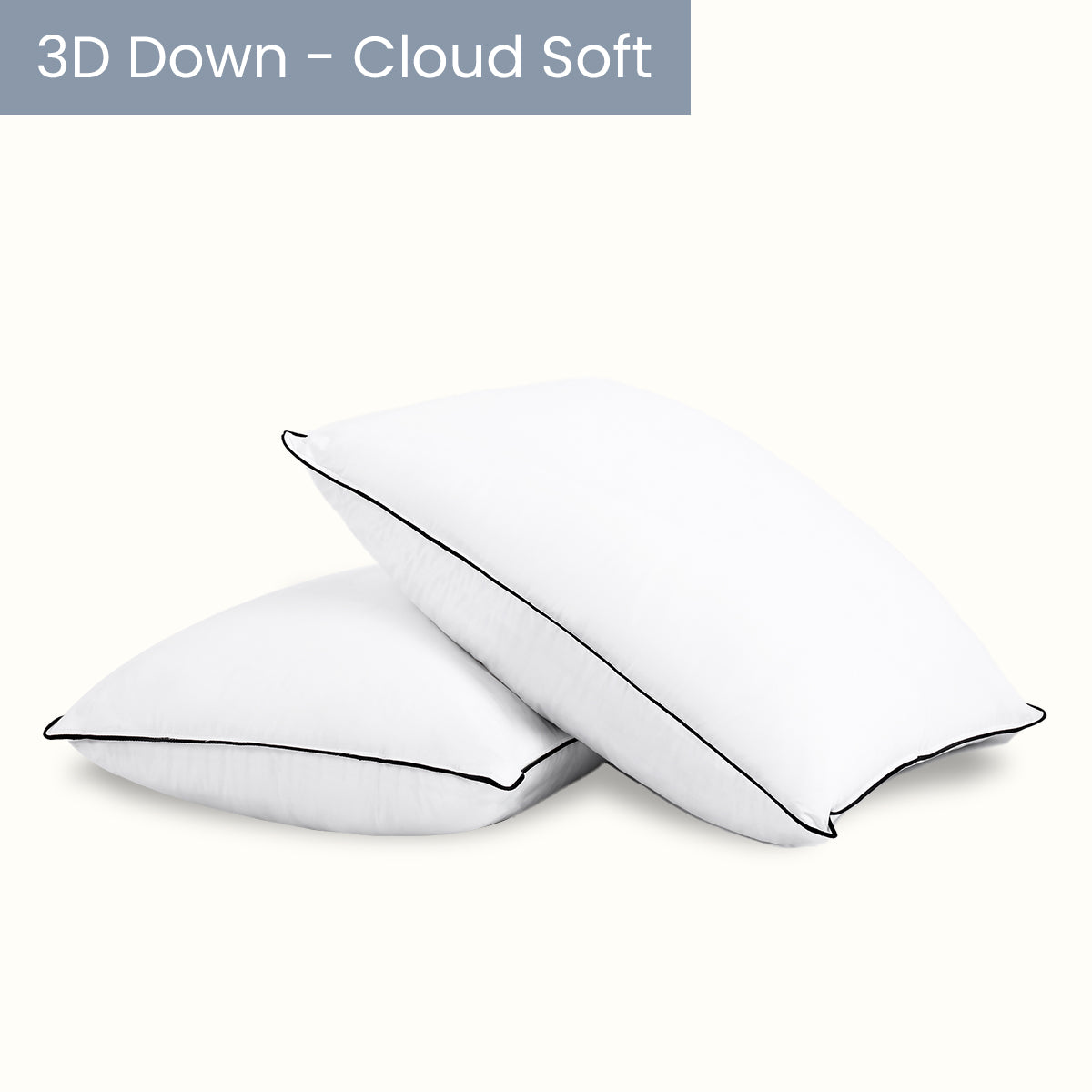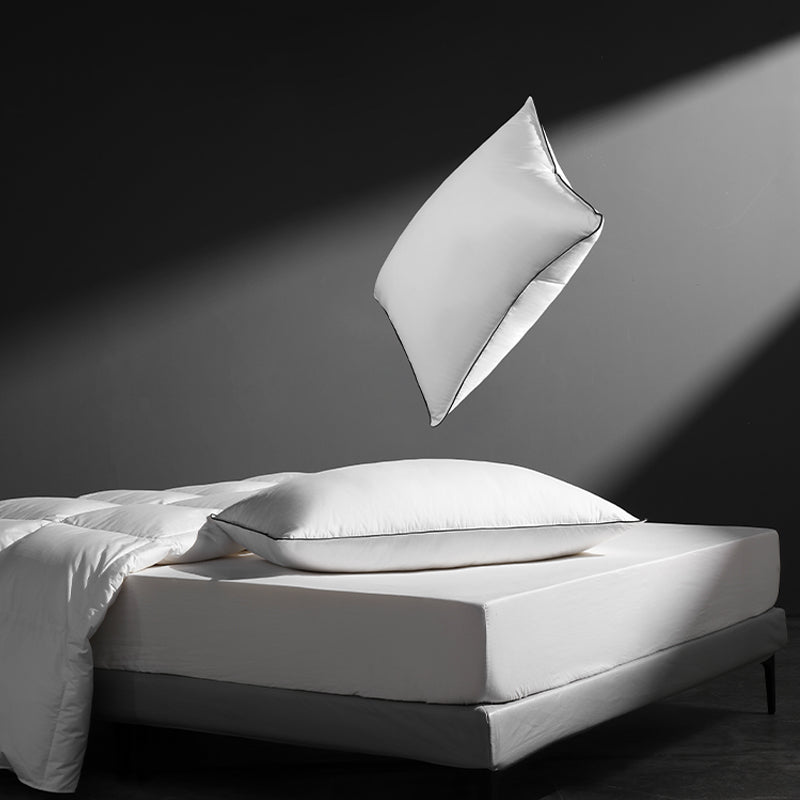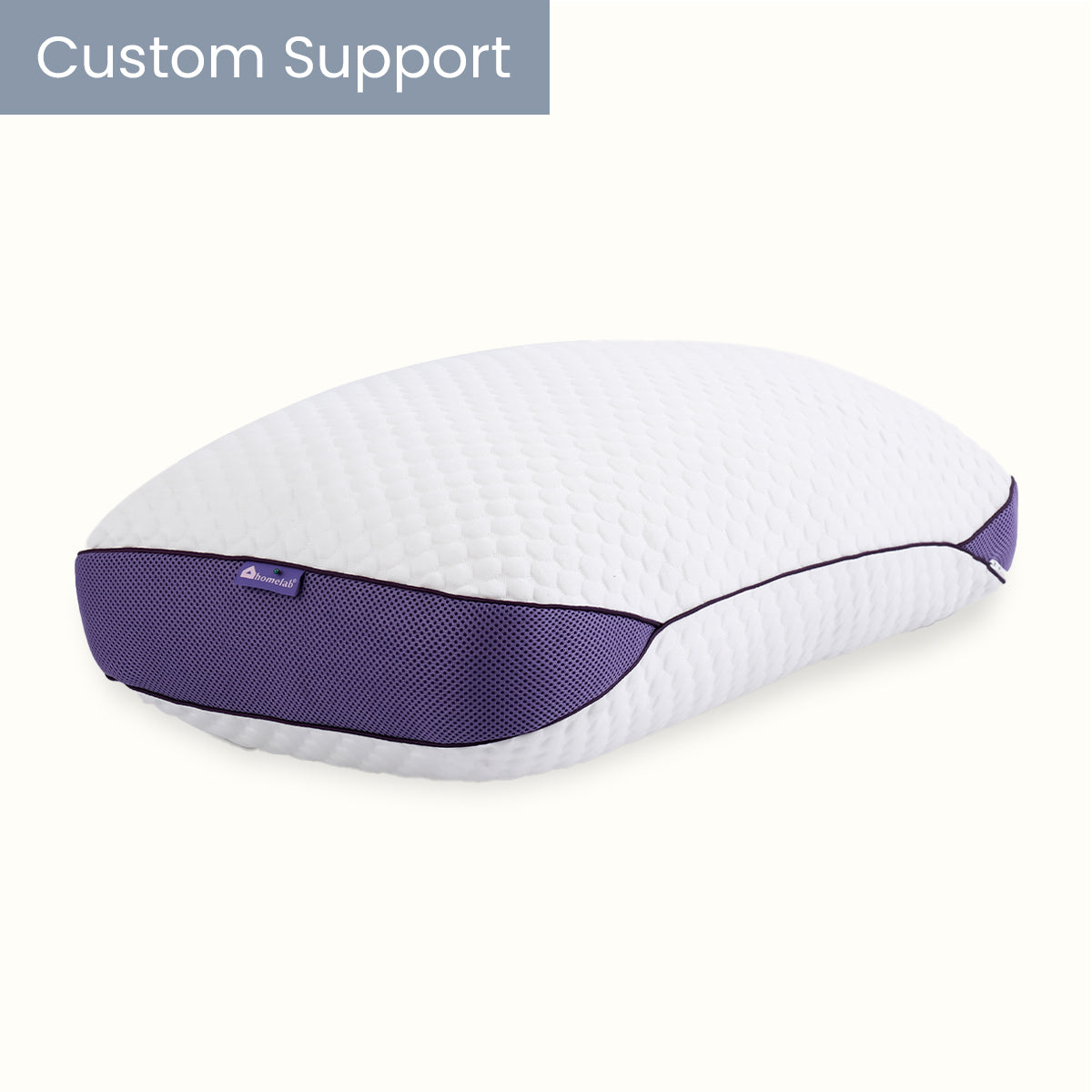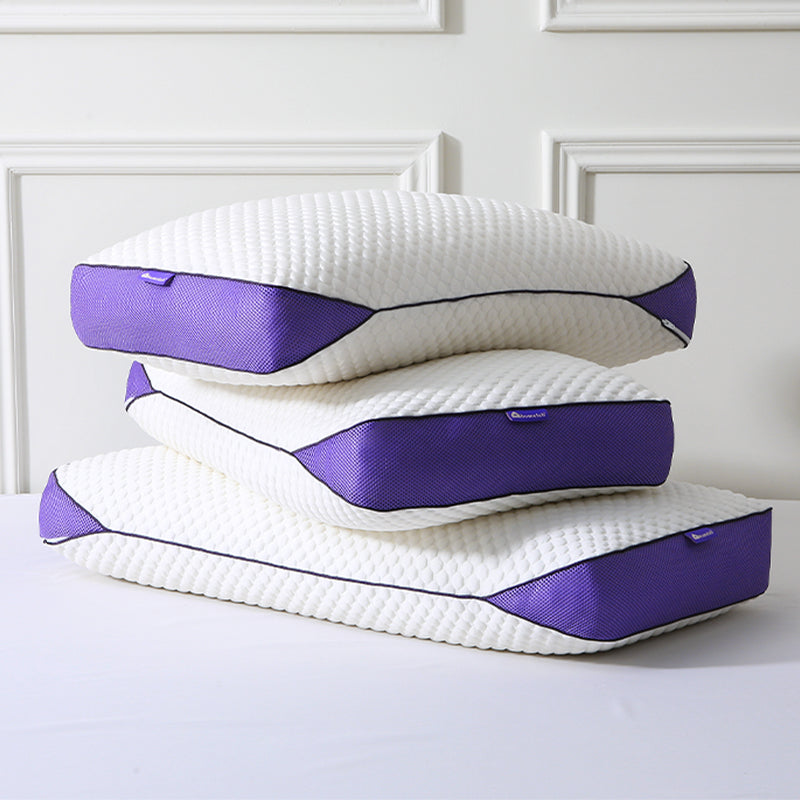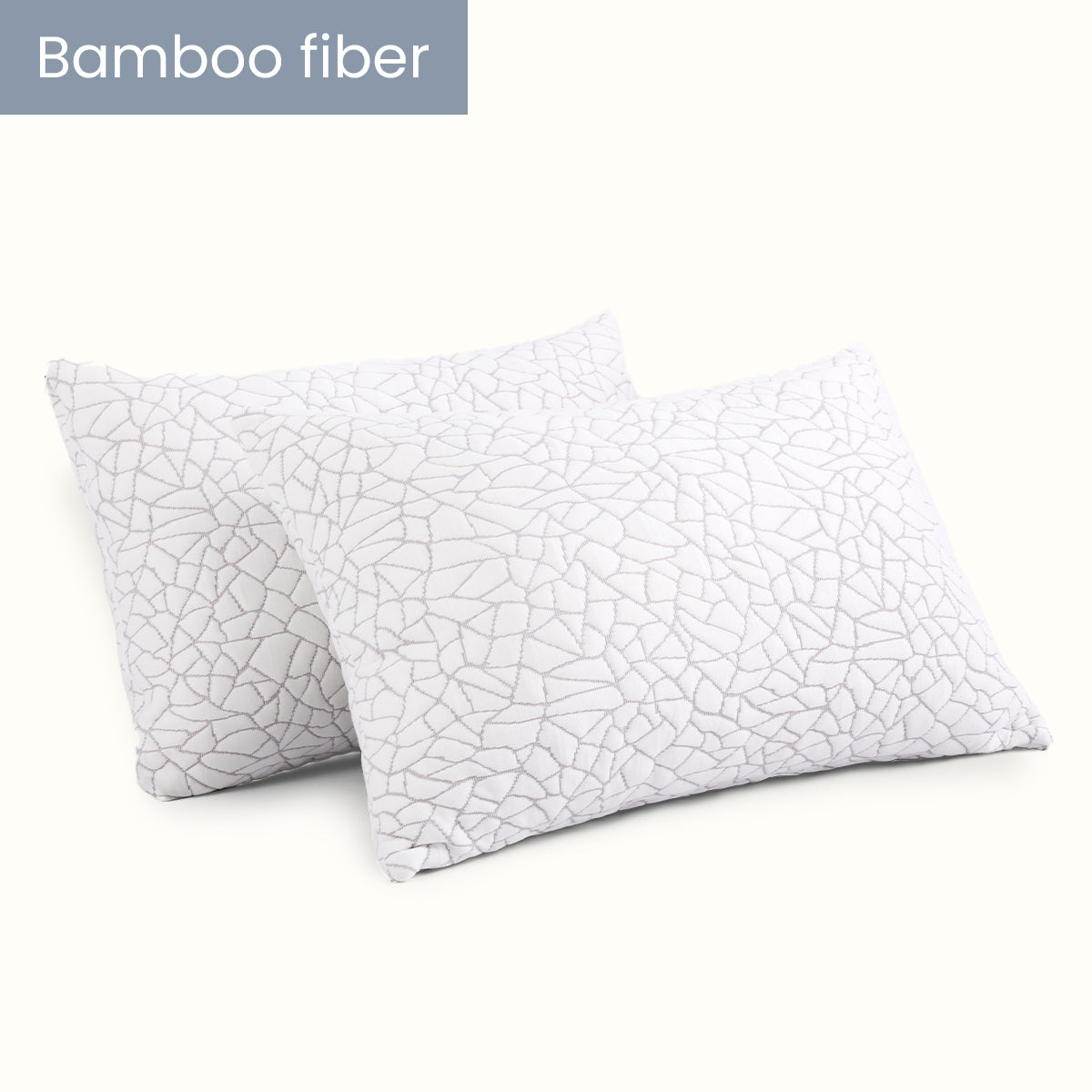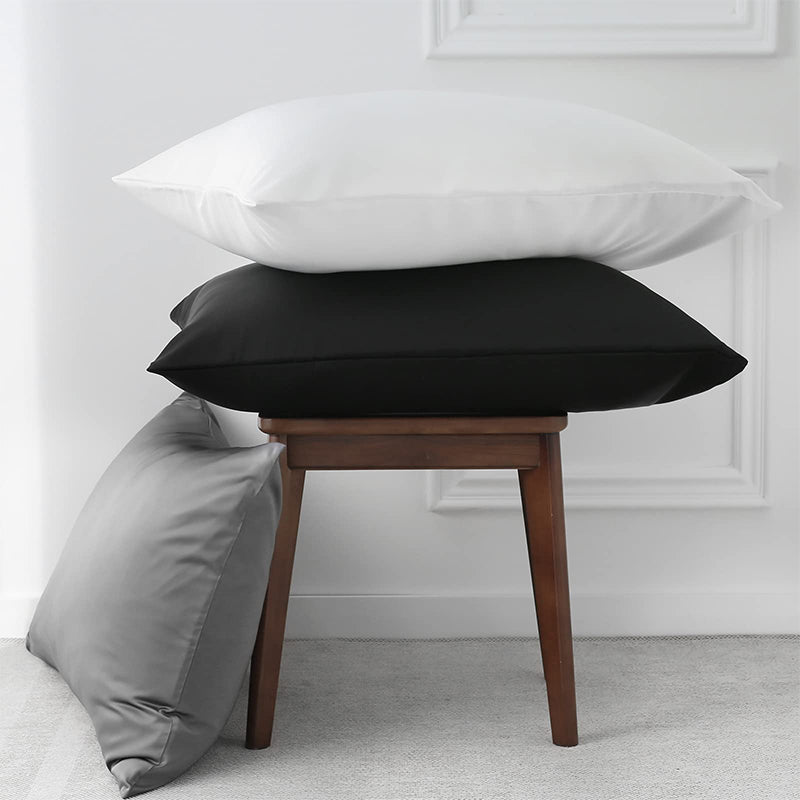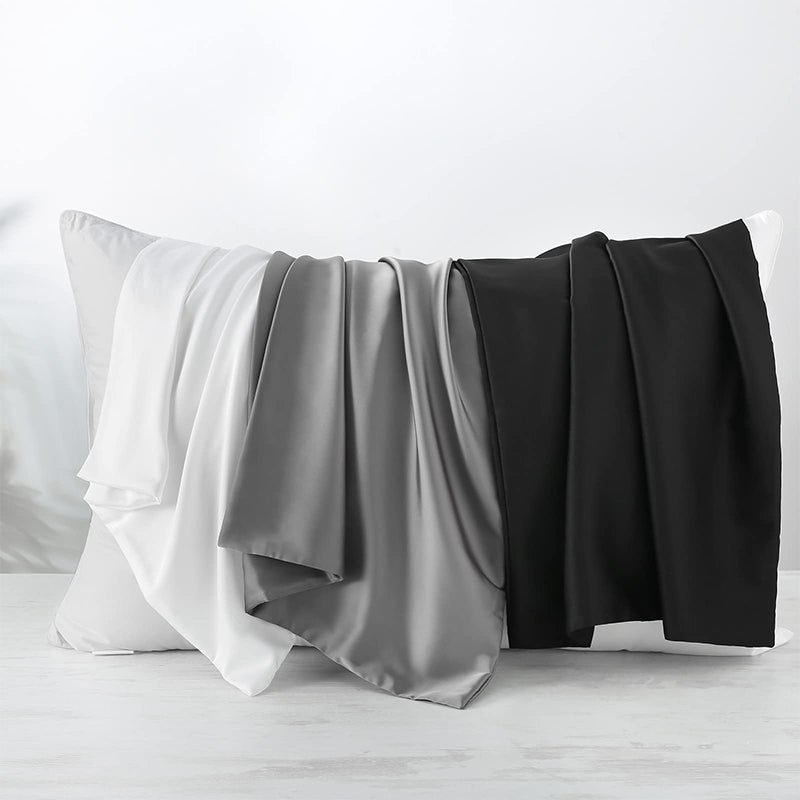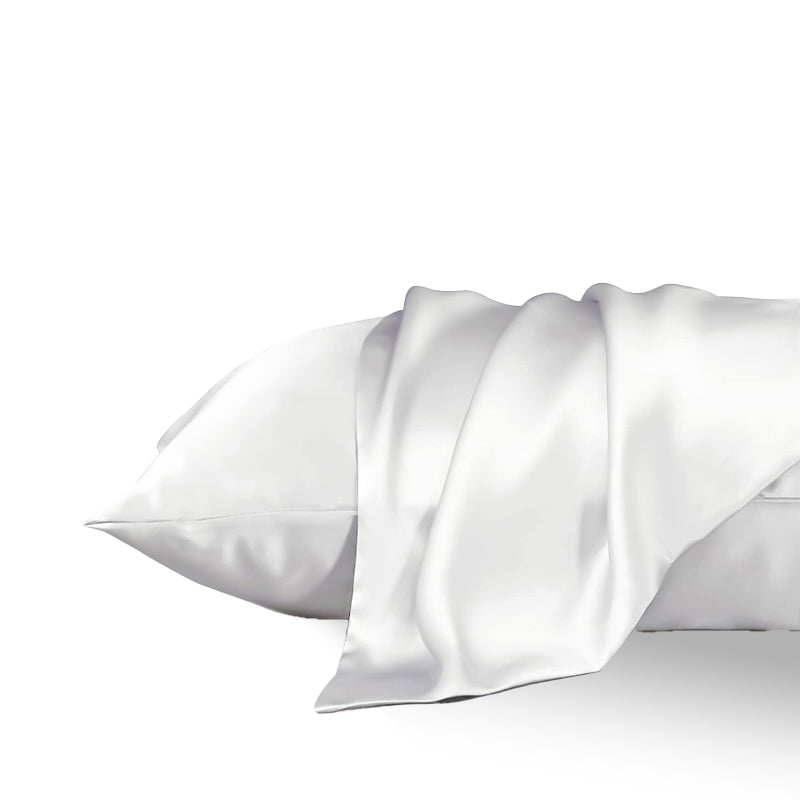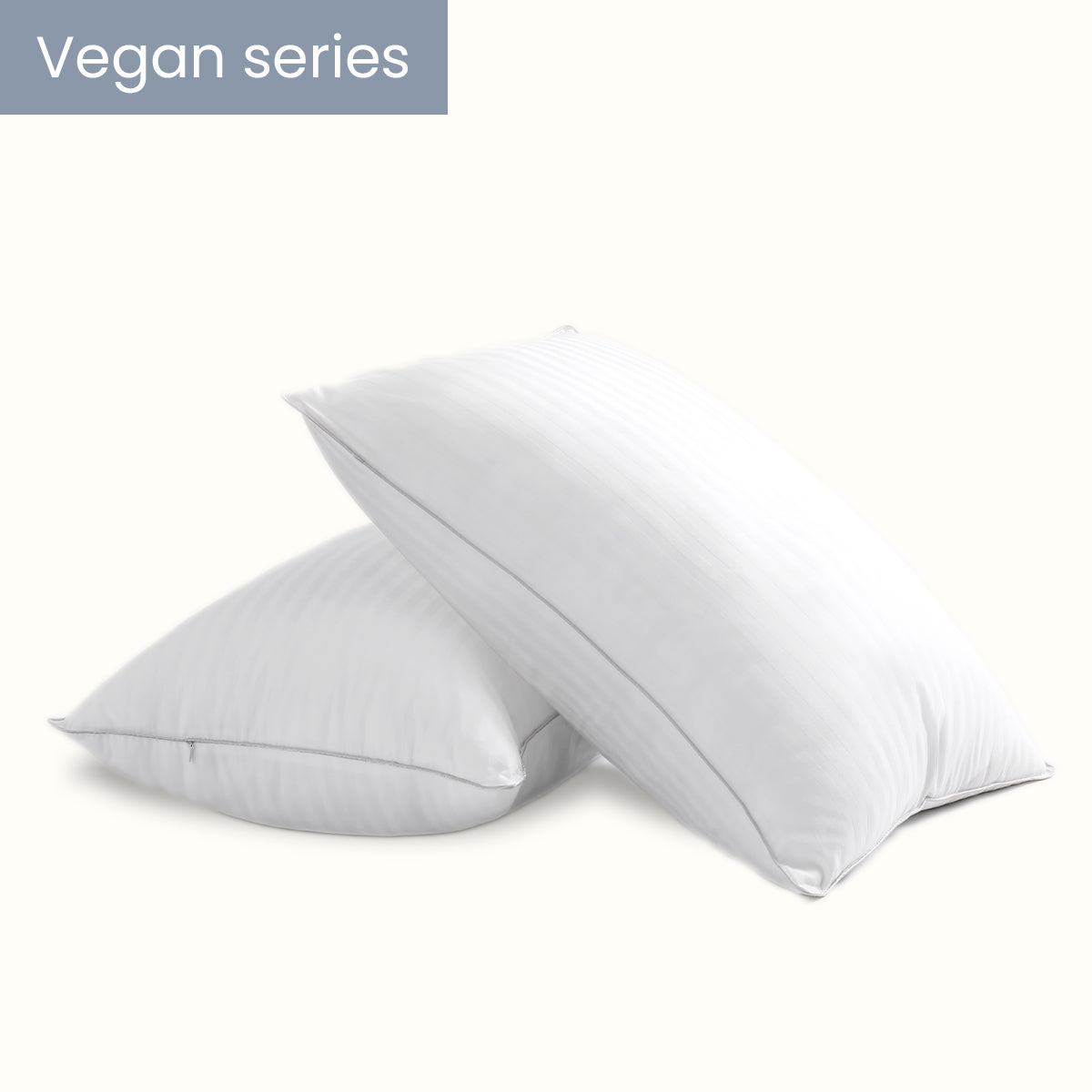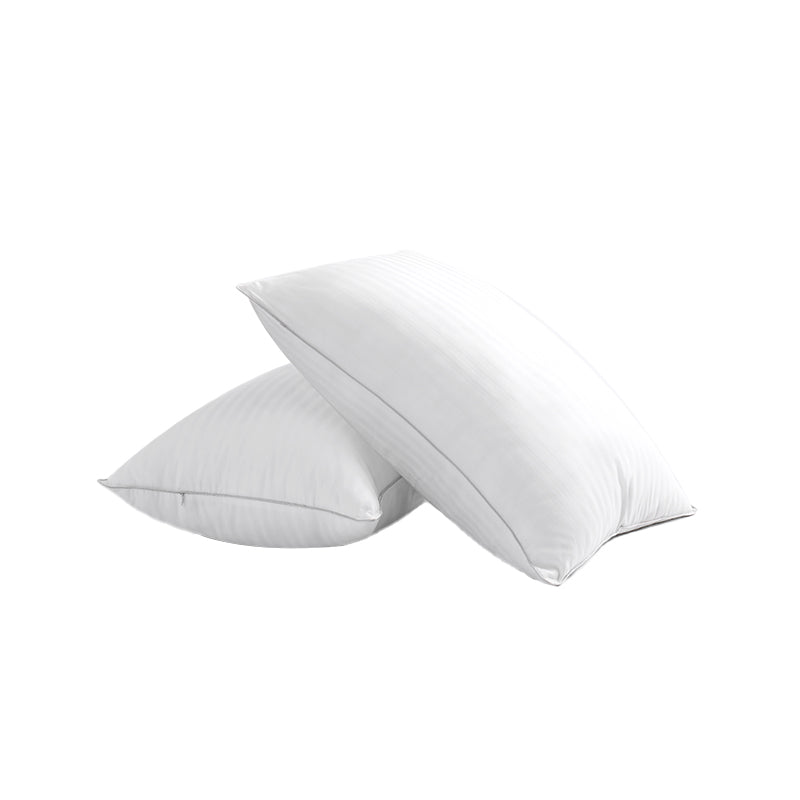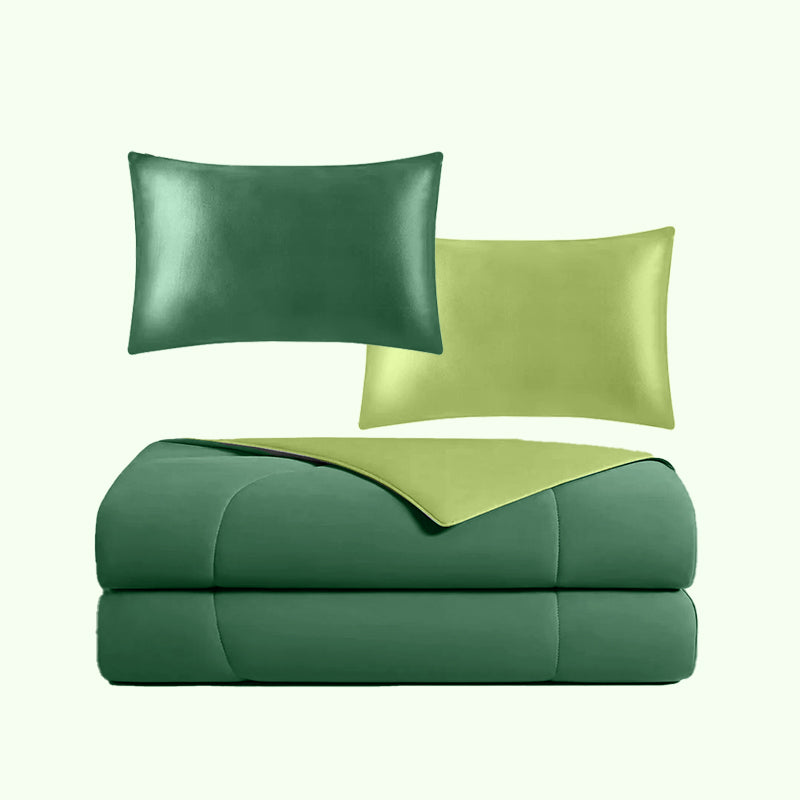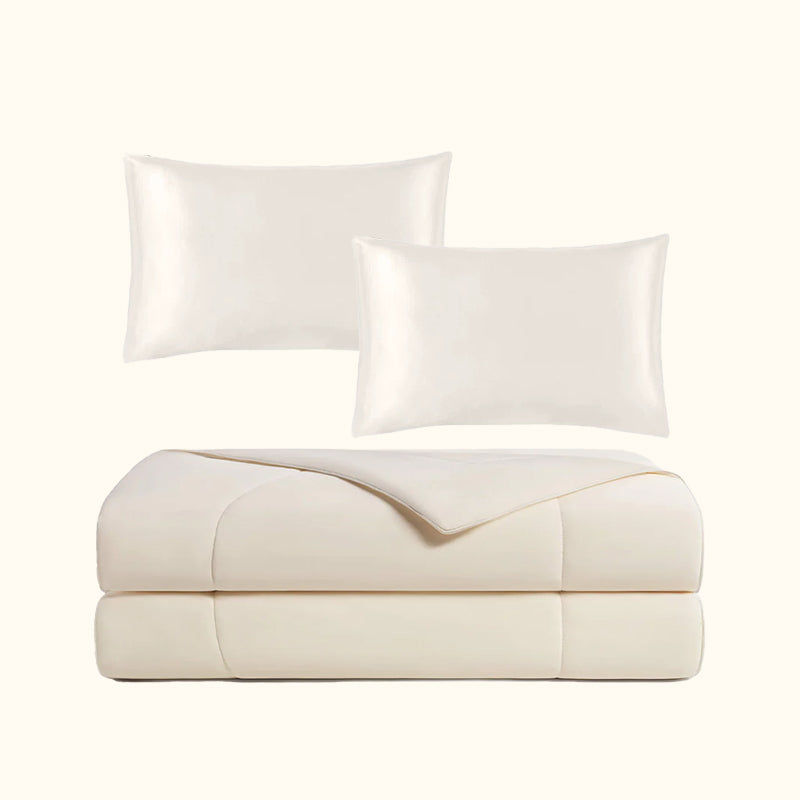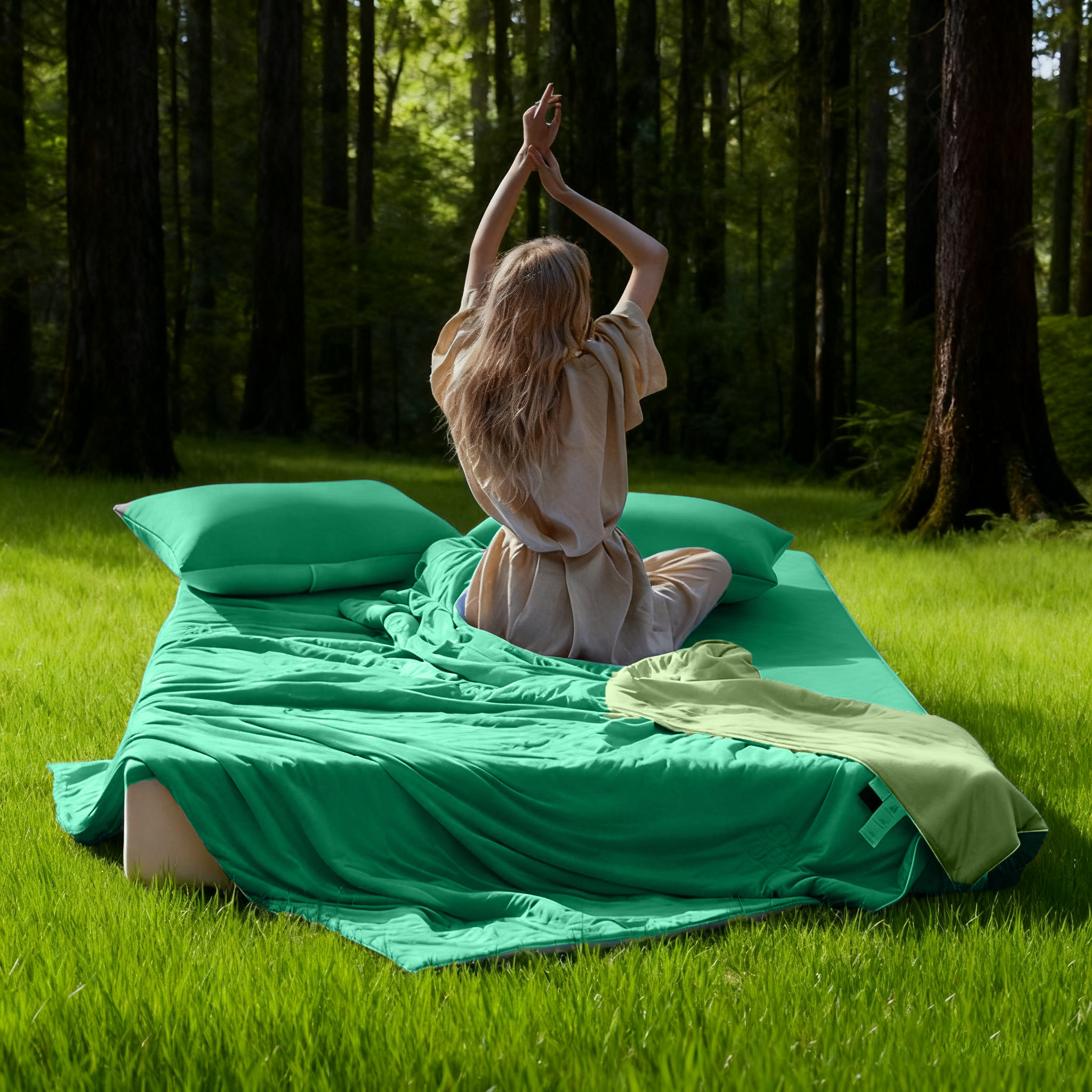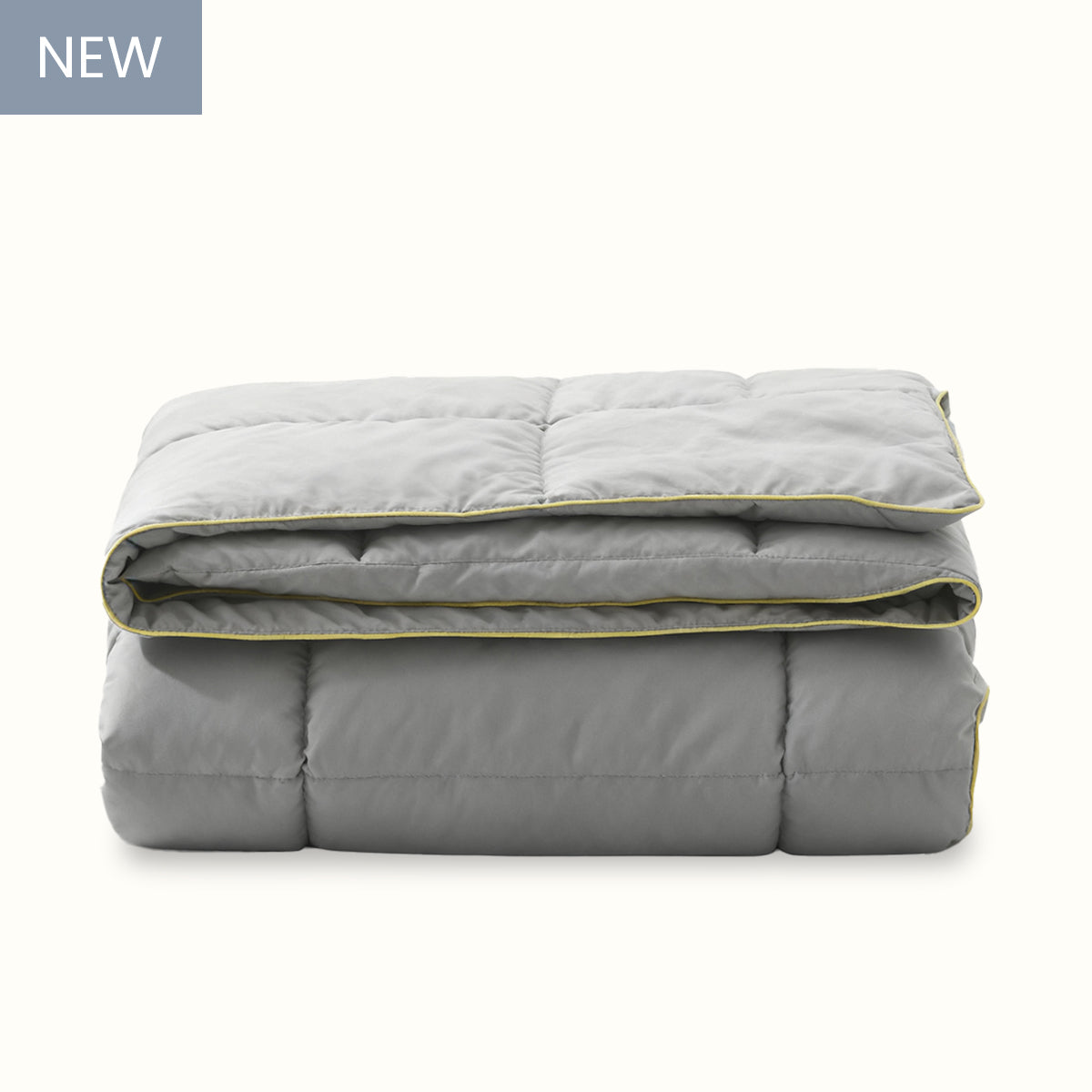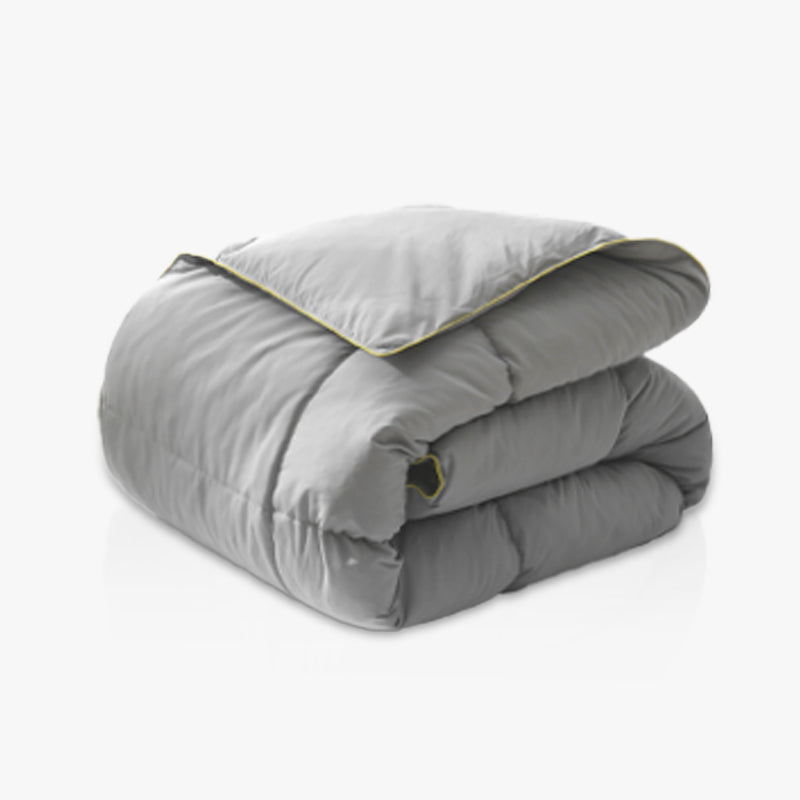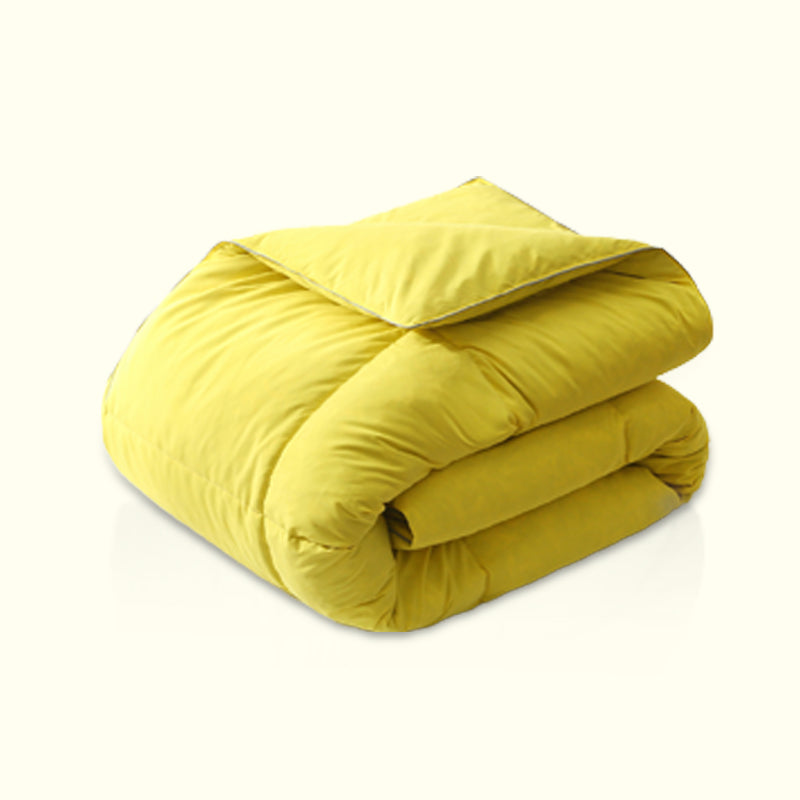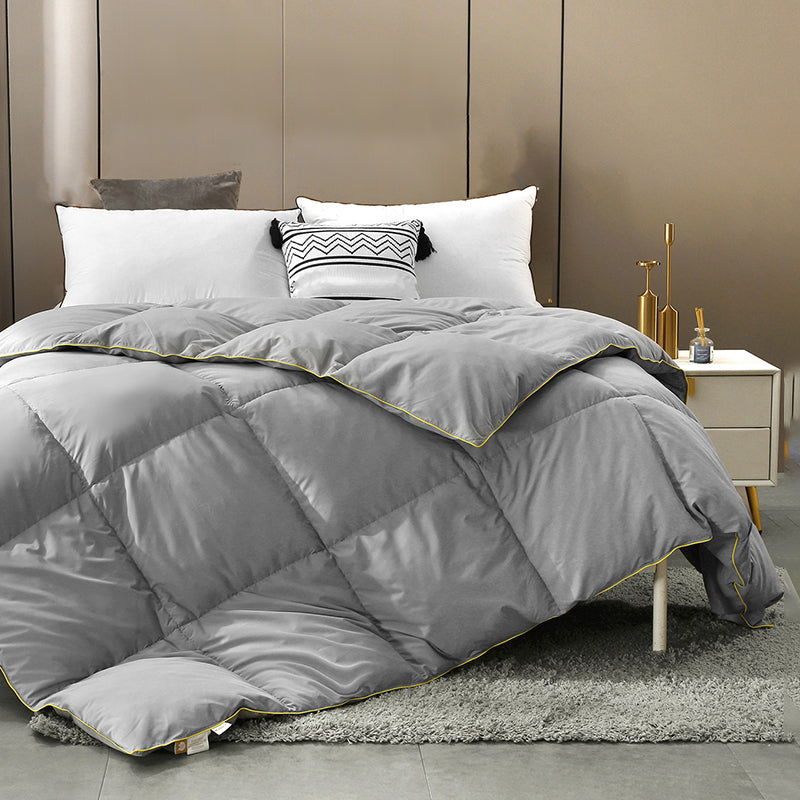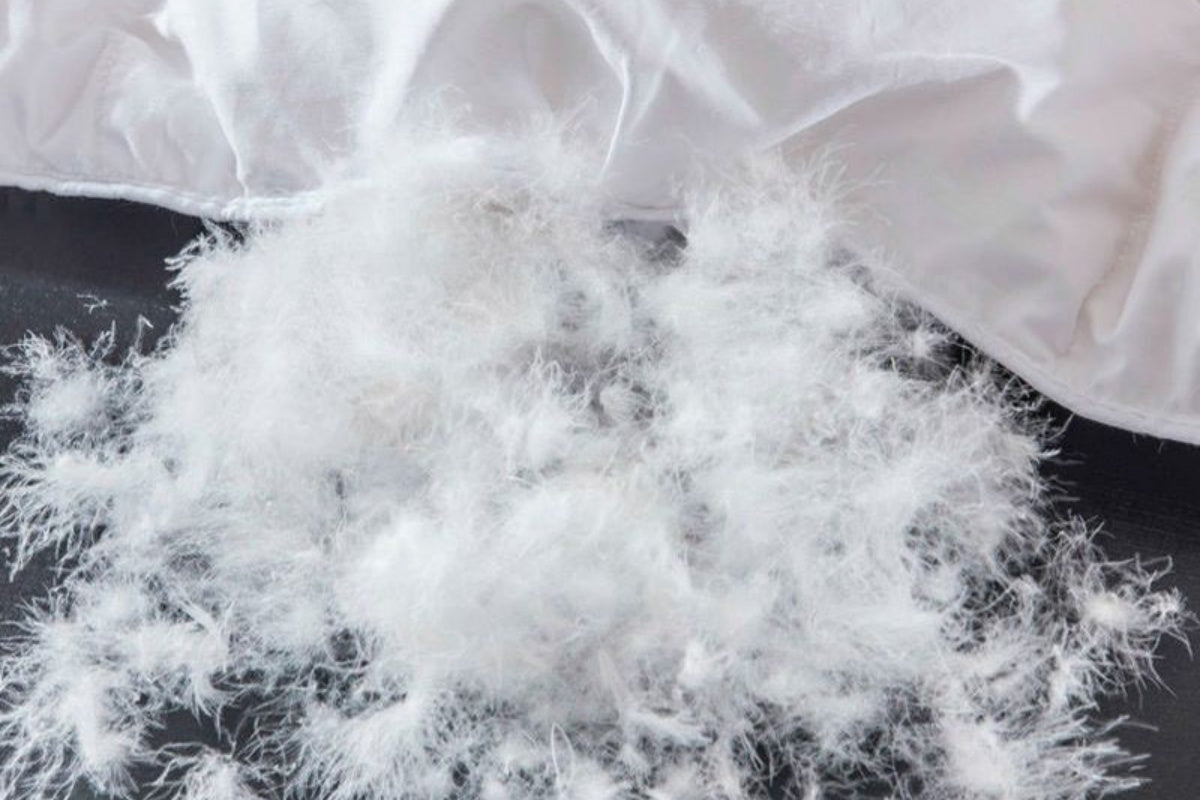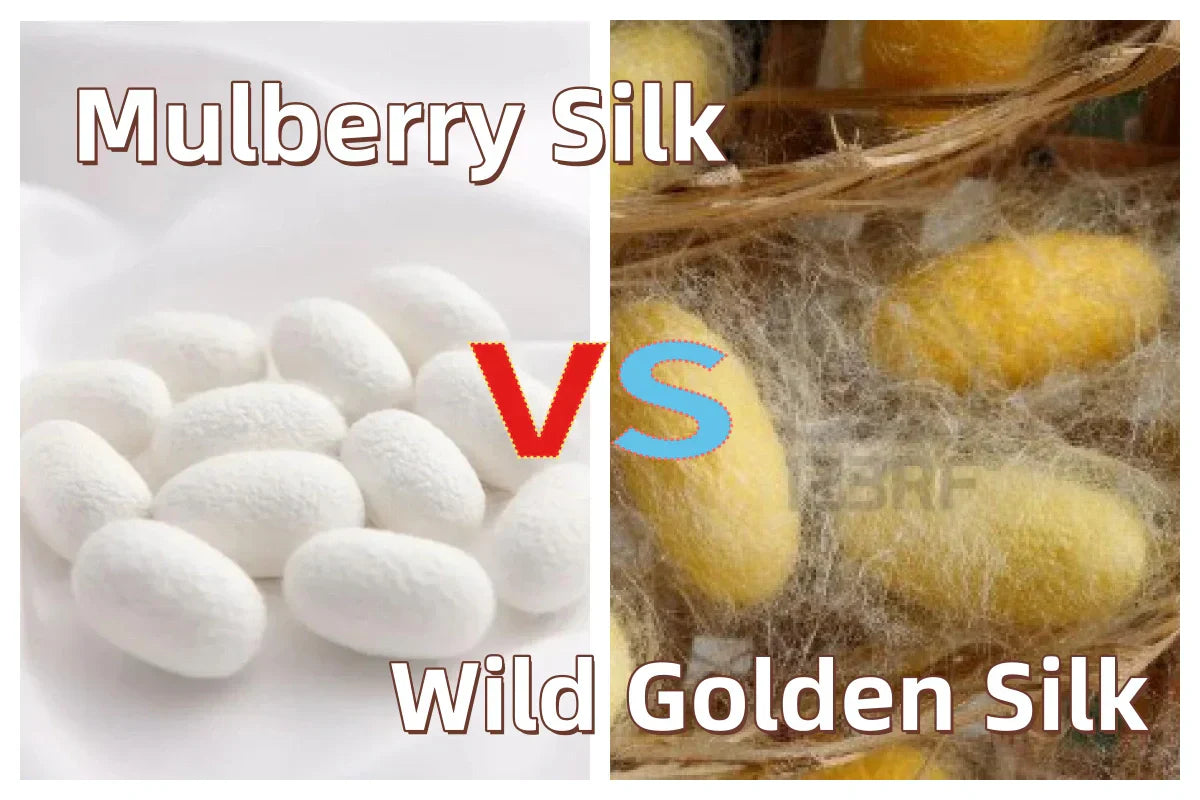Beim Wort „Seide“ denkt man vielleicht zuerst an glatte, glänzende Stoffe. Doch es gibt eine besondere Seidenart mit ganz natürlichem Charme: Tussahseide. Sie ist nicht mit der „Standardseide“ zu vergleichen, die vielen bekannt ist. Vielmehr besitzt sie einzigartige Eigenschaften, die sie auszeichnen. Sehen wir uns Tussahseide genauer an – von ihren Merkmalen bis hin zu ihren Verwendungsmöglichkeiten.
1. Die grundlegenden Eigenschaften von wilder Goldseide: Strapazierfähig und voller natürlichem Charme

Wildgoldseide ist in erster Linie ein strapazierfähiges Material . Im Gegensatz zu manchen empfindlichen Seidenarten, die leicht beschädigt werden, ist Wildgoldseide von Natur aus robust und widerstandsfähig. Sie können sie oft tragen oder wiederholt waschen, und sie behält trotzdem ihre Form – sie reißt nicht so leicht und leiert nicht aus. Ob zu Kleidung oder Bettwäsche verarbeitet, sie hält jahrelang, sodass Sie sie nicht oft ersetzen müssen.
Es fühlt sich auch wunderbar an. Streicht man sanft mit der Hand über Tussahseide, spürt man ihre weiche, glatte Textur. Dieser Komfort ist ein Naturprodukt und etwas, das künstlich hergestellte Stoffe nicht nachahmen können. Mit der Zeit gewinnt die wilde, goldene Seide sogar noch an Schönheit: Sie entwickelt eine Patina – einen sanften, warmen Glanz, der den Eindruck erweckt, als sei sie über Jahre hinweg geliebt worden. Dies ähnelt dem japanischen Wabi-Sabi-Stil, der die Schönheit in natürlichen, leicht unvollkommenen Merkmalen sieht. Jedes Stück Tussahseide wird dadurch zu einem Unikat.
Ein weiterer Vorzug von Wildgoldseide ist ihre Verbundenheit zur Natur. Sie verströmt einen leichten, frischen Duft nach Gras. Beim Riechen fühlt man sich wie auf einer stillen Bergwiese. Auch ihre Farbe ist natürlich – es werden keine zusätzlichen Farbstoffe benötigt. Sie besitzt eine schlichte, erdige Schönheit und fühlt sich an wie ein Stück Natur, das man tragen oder zu Hause verwenden kann.
2. Woher die wilde Goldseide kommt: Eine seltene, wilde Ressource

Wilde Goldseide wird nicht von denselben Seidenraupen wie gewöhnliche Seide (z. B. Maulbeerseide) hergestellt. Sie stammt vielmehr von wilden Tussahseidenraupen . Diese Seidenraupen leben im Freien, nicht in Zuchtbetrieben. Sie ernähren sich von Tussahblättern, was der Seide ihre einzigartigen Eigenschaften verleiht.
Doch diese ungewöhnliche Art der Gewinnung von Wildseide macht sie selten. Erstens ist die Anzahl der wilden Tussahseidenraupen begrenzt. Sie sind Gefahren wie natürlichen Feinden (Fressfeinden) und Umweltverschmutzung ausgesetzt, weshalb die jährlich produzierte Menge an Wildseide stetig sinkt. Zweitens arbeiten immer weniger Menschen in der Wildseidenindustrie. Viele Züchter, die die Tussahseidenraupenzucht beherrschen, sind im fortgeschrittenen Alter, und junge Menschen ziehen oft in die Städte, um dort zu arbeiten. Nur wenige wollen dieses traditionelle Handwerk erlernen, was die Gewinnung von Wildseide noch schwieriger macht.
Diese Seltenheit macht wilde Goldseide besonders wertvoll – sogar wertvoller als manche gängige Seidenarten, wenn man dieselbe Faser vergleicht. Beispielsweise wird Maulbeerseide oft fälschlicherweise für hochwertiger gehalten, da sie häufig als lange Faser angeboten wird. Wilde Goldseide hingegen wird üblicherweise als mittellange Faser verkauft. Vergleicht man jedoch die langen Fasern beider Seidenarten, so sind die langen Fasern der wilden Goldseide teurer und wertvoller. Wilde Goldseide ist aufgrund ihrer Seltenheit sogar auf internationalen Märkten bekannt.
3. Wildgoldseide vs. Maulbeerseide: Wesentliche Unterschiede

Um die wilde Goldseide zu verstehen, hilft es, sie mit Maulbeerseide zu vergleichen – der häufiger vorkommenden Seidenart.
Maulbeerseide stammt von Seidenraupen aus Zuchtbetrieben, die sich von Maulbeerblättern ernähren. Sie hat dünne, lange Fasern, eine gelblich-weiße Farbe und fühlt sich glatt an. Steppdecken aus Maulbeerseide sind weich und schmiegen sich eng an den Körper an, weshalb sie als Bettwäsche sehr beliebt sind. Allerdings ist Maulbeerseide nur begrenzt einsetzbar: Sie kühlt beispielsweise nur im Sommer, wärmt aber nicht im Winter.
Wildgoldseide ist vielseitiger . Sie besitzt eine besondere temperaturregulierende Eigenschaft: Sie kühlt bei Hitze und wärmt bei Kälte. Im Sommer nimmt sie Wärme schnell auf und sorgt so für ein angenehmes Tragegefühl. Im Winter speichert sie die Wärme wie ein sanfter Schutzschild am Körper. Dadurch können Sie Produkte aus Wildgoldseide das ganze Jahr über tragen, nicht nur in einer Jahreszeit.
Wilde Goldseide ist auch gut für Ihre Haut. Sie enthält 18 verschiedene Aminosäuren – Nährstoffe, die Ihre Hautzellen aktivieren. Diese Aminosäuren spenden Feuchtigkeit und verlangsamen die Hautalterung. Drei von ihnen (Alanin, Glutaminsäure und Lysin) bilden sogar Lysozym, eine Substanz, die schädliche Bakterien abtötet (professionelle Testberichte belegen dies). Für Menschen mit empfindlicher Haut ist Bettwäsche aus wilder Goldseide ideal: Sie ist sanft zur Haut und verursacht weder Trockenheit noch Juckreiz. Schlafen darauf fühlt sich an wie eine sanfte Pflegebehandlung für Ihre Haut.
Darüber hinaus besitzt wilde Goldseide zwei weitere nützliche Eigenschaften: Sie absorbiert und filtert UV-Strahlen und schützt so die Haut vor der Sonne (ideal für Sommerkleidung). Außerdem verhindert sie statische Aufladung – damit die Kleidung nicht am Körper klebt und die Haare in der trockenen Herbst- und Winterzeit nicht mehr herumfliegen.
4. Apsmile Wild Golden Silk Bettdecken : Das Beste aus Wildgoldseide herausholen

Wenn Sie Tussahseide ausprobieren möchten, bietet Apsmile Produkte an, die ihre besten Eigenschaften zur Geltung bringen. Diese Produkte sind so konzipiert, dass sie gesundheitlich unbedenklich, komfortabel und langlebig sind.
- Gesund für alle : Apsmiles Tussahseide erfüllt die höchsten Qualitätsstandards für Babyprodukte und ist daher auch für die Kleinsten unbedenklich. Sie verzichtet auf chemische antibakterielle Mittel und nutzt stattdessen die natürlichen Eigenschaften der Tussahseide, um Bakterien abzutöten. Selbst bei täglicher Anwendung verfärbt sie sich nicht. Sie bleibt sauber und frisch, was auch für Menschen mit empfindlicher Haut ideal ist.
- Ideal bei Ekzemen und an schwülen Tagen : Tussahseide besitzt hydrophile Gruppen (Molekülteile, die Wasser lieben). Diese Gruppen absorbieren Schweiß und Feuchtigkeit schnell, sodass Ihre Haut trocken bleibt. Die natürlichen antibakteriellen Eigenschaften hemmen zudem das Bakterienwachstum, was das Risiko von Hautinfektionen verringert und unangenehme Gerüche verhindert – perfekt für feuchte Jahreszeiten, in denen Ekzeme häufiger auftreten.
- Super bequem : Die Tussahseide von Apsmile fühlt sich an wie „Schlafen auf Wolken“. Sie ist weich und atmungsaktiv – Sie werden sich weder überhitzt noch stickig fühlen. Dank ihrer guten Elastizität behält sie auch nach langer Zeit ihre Form. Und durch ihre antistatische Wirkung ist sie selbst bei trockenem Wetter angenehm weich. Viele Kundinnen und Kunden sagen: „Nachdem ich die Sommerdecke aus Tussahseide von Apsmile ausprobiert habe, möchte ich keine andere mehr – so bequem ist sie.“
5. So pflegen Sie Tussahseide: Einfach und unkompliziert

Man könnte meinen, ein edler Stoff wie wilde Goldseide sei schwer zu reinigen, aber die Pflege ist eigentlich ganz einfach. Man muss sich nur zwei einfache Regeln merken:
- Es ist maschinenwaschbar! Sie sparen sich das mühsame Waschen von Hand. Verwenden Sie einfach ein Waschmittel ohne starke Säuren oder Laugen. Geben Sie es in die Waschmaschine und wählen Sie den Schonwaschgang (um zu starkes Reiben zu vermeiden). Im Nu ist es sauber.
- Trocknen Sie das Kleidungsstück nicht in der prallen Sonne. Hängen Sie es nach dem Waschen an einem kühlen, gut belüfteten Ort auf. Die starken Sonnenstrahlen können die Seidenfasern schädigen und sie dadurch weniger widerstandsfähig und glänzend machen. Langsames Trocknen im Schatten erhält die Weichheit und den Glanz.
Zusammenfassend lässt sich sagen: Wildgoldseide ist eine seltene, natürliche Seide, die strapazierfähig, angenehm zu tragen und hautfreundlich ist. Sie unterscheidet sich von gewöhnlicher Maulbeerseide – sie ist ganzjährig einsetzbar, besticht durch ihren natürlichen Charme und ist pflegeleicht. Ob Sie nun langlebige Kleidung oder Bettwäsche suchen, die sich wie eine Umarmung der Natur anfühlt – Wildgoldseide ist ein besonderer Stoff, den es sich lohnt kennenzulernen.

